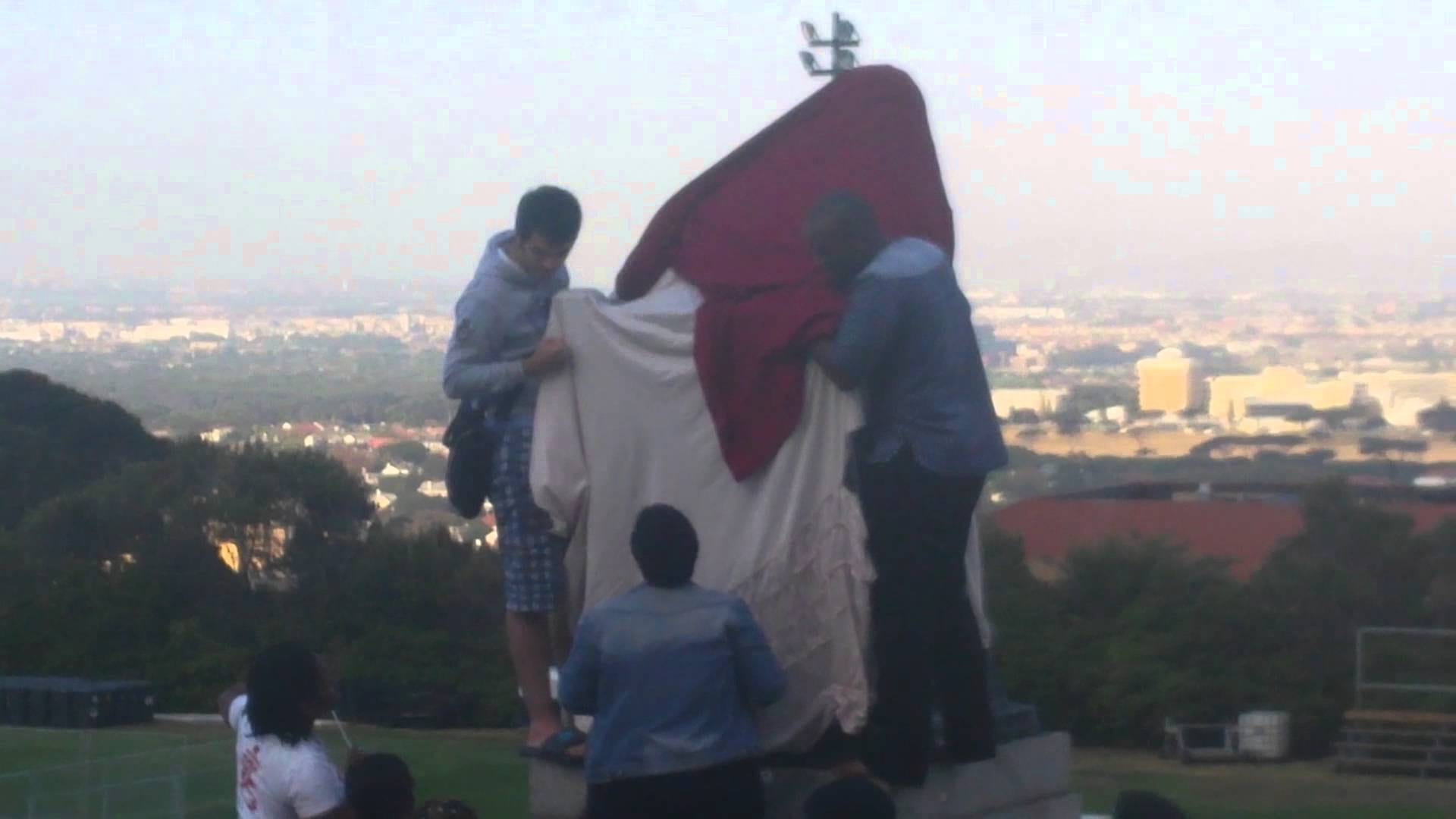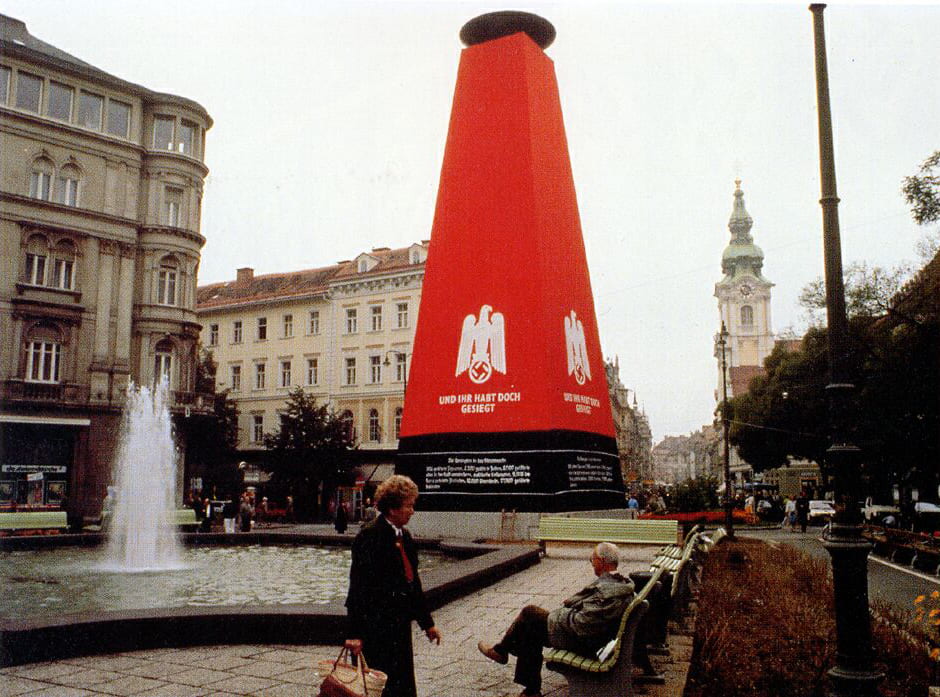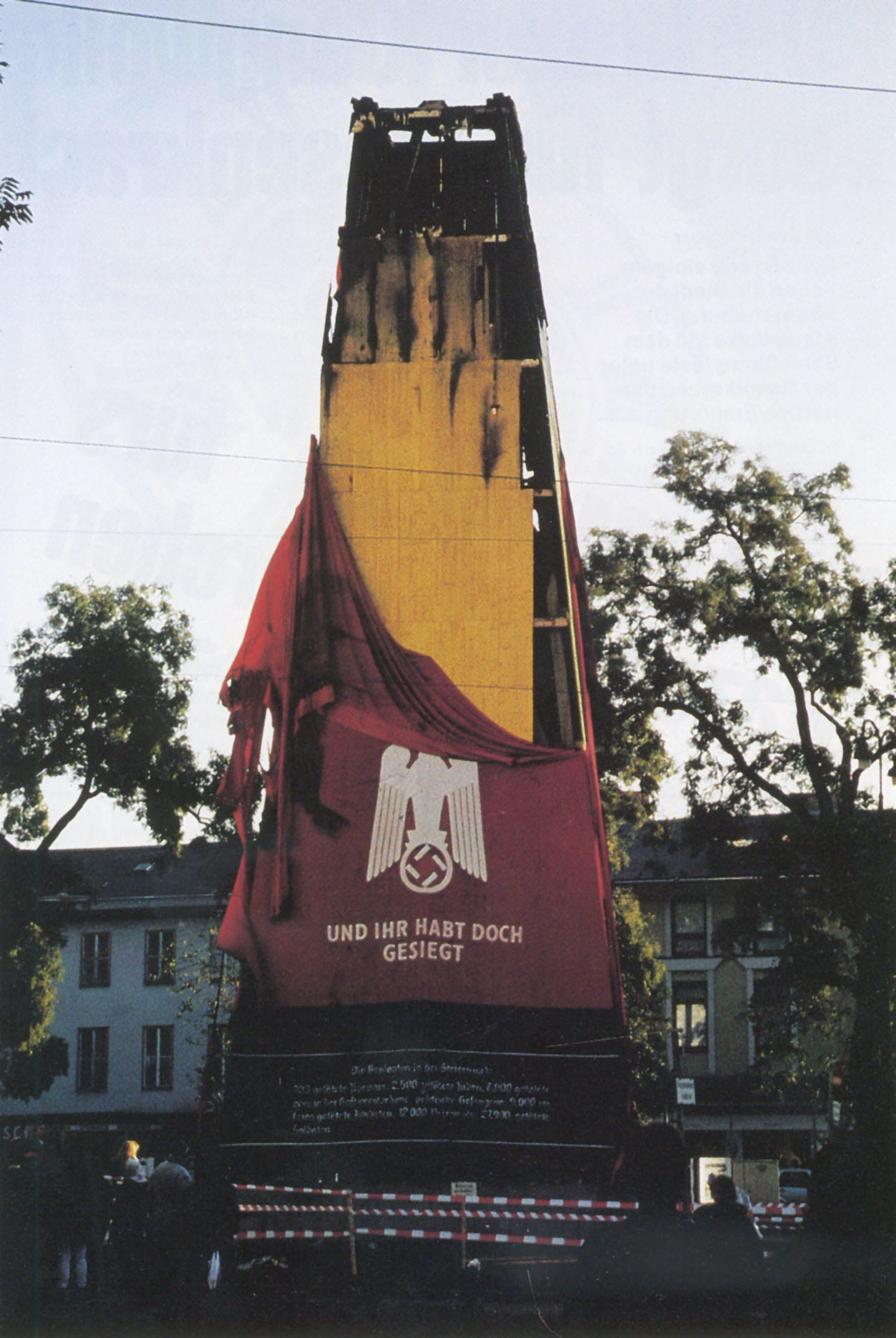by guest contributor Georgios Giannakopoulos
The wave of student protests for racial tolerance and university reform in America recently crashed against the name of Woodrow Wilson. The eagerness to address Wilson’s racism prompted a discussion about his political legacy and the history of the university he came to represent. The controversy, enacted through petitions and counter-petitions, took on a symbolic dimension following demands for the renaming of a handful of institutions bearing Wilson’s name in Princeton and elsewhere in the United States.
Although some may argue that the so-called ‘Wilson controversy’ is somewhat disconnected from the very real challenges of people in color in universities today, it merits further attention. The debate brings out hitherto underappreciated connections between race, education, domestic and international politics, for Wilson’s name has come to define a moment in world history.
A handful of commentators have taken upon themselves the task of assessing Wilson’s racism. A New York Times op-ed highlighted the segregationist side of the Wilson administration and argued that, under his tenure, the White House reversed earlier policies of racial tolerance. Forgotten stories about Wilson’s treatment of Black politicians have resurfaced. Others have turned to the links between race and international/imperial politics and have insisted on de-provincializing the discussion. Finally, another thread of the debate revolves around efforts made by scholars to discern between the racial hierarchies underpinning Wilson’s vision of inter/national order and the purported benevolence of ‘Wilsonianism’. This maps onto a broader theme regarding race, liberalism and the empire.
There are three interesting points I wish to raise with respect to the debate. The first connects with the centrality of ‘race’ as an analytic category in the history of twentieth century international politics across the Anglo-American world. One may think of Robert Vitalis’ recent work on the Birth of American International Relations. Vitalis has sought to recover the neglected contribution of racism and imperialism in the the emergence of the discipline of International Relations. Another example is recent work by Duncan Bell on the hefty racial baggage of projects for Anglo-American unity in the turn of the twentieth century. Such works problematize the standard narratives of Wilson’s idealist benevolence, to which many Europeans like myself were exposed in their undergraduate years. In our diplomatic history textbooks in Greece, Wilson was synonymous to national self-determination and was portrayed as the tragic hero of an unfulfilled world order.
Yet Wilson’s fame never quite rose up to Truman’s reputation in Greece, as attested by the fascinating story of the Truman statue in Athens, which over the years have become a symbol of Anti-American sentiment. This brings me to my second point, the contentious politics of institutional memory—be it public artworks and monuments or simply naming practices. As a matter of fact, Larry Wolff recently reminded us of the relation between Wilson’s appeal as a harbinger of a new inter/national order in Eastern Europe and the politics surrounding the practice of lending his name to cities and train stations. From this perspective, the student demand to efface the name of Woodrow Wilson from the institutional memory of the university is not new. Although commentators have rightly raised suspicions about the validity and effectiveness of such claims, the fact remains that they bring about broader questions on the politics of institutional memory.
How are institutions of learning to deal with the racist baggage of their founding fathers? Moving across continents, similar concerns have recently been raised against the imprint of Cecil Rhodes’ figure in contemporary South Africa. A few months ago, Cape Town University students succeeded in removing a statue of his located prominently in the campus, while other students staged protests in Rhodes’ intellectual home, the University of Oxford. The more one reads about the #Rhodesmustfall protest movement, the more one is convinced that institutions of higher learning have a lot to do to facilitate critical reflection on their own history. Moreover, the eventual withdrawal of Rhodes’ statue from the campus brings in another dimension in the debate. Does it suffice to argue that such a move ought to be complemented with the erection of theme parks along the lines of similar developments in post-communist Europe? Although in Cape Town it might make sense to imagine a statue park of disgraced segregationists and white supremacists, many would argue that such a move would be unimaginable in the United States.
Such events—in contexts as diverse as Cape Town and Princeton—beg the question of how do we make space for polyphony and critical thinking without silencing voices or conveniently effacing aspects of embarrassing and politically charged histories? Here cultural and intellectual historians have a role to play. And this role exceeds the customary emphasis on Wilson’s culpability or the degree of his racism. In seeking ways to deal with this, I propose we turn to the field of contemporary art and, more specifically, to the so-called movement of institutional critique, as a means to make institutions, such as the modern university more responsive to the challenges of critiquing their own foundations.

Still from a video of UCT students covering the Cecil J. Rhodes statue (YouTube)
The striking image of Cecil Rhode’s statue, covered in cloth, awaiting to be deported to another safer location, brought to my mind one of Hans Haacke’s widely discussed installations. The German-born artist is well known for his public artworks and his provocative attitude towards the the institutions which commission and facilitate his work.
On the occasion of the 50th anniversary of the Anschluss, Haacke joined sixteen artists from eight countries invited to produce public artworks on the theme of ‘Guilt and Innocence in Art’, with reference to Hitler’s annexation of Austria in 1938. Haacke ventured to reconstruct a Nazi obelisk covering one of Graz’s older monuments, the “Mariensäule”. The ‘Column of the Virgin Mary’ was erected in the late seventeenth century to commemorate victory over the Turks. In 1938, the Nazis encased the column in an enormous obelisk, draped in red fabric, bearing the inscription Und Ihr Habt Doch Gesiegt (‘And You Were Victorious after All’). Haacke’s reconstruction added one crucial feature: an epigraph around the base of the obelisk listing the victims of Nazi aggression in Graz. The ambivalence of the inscription fuelled a heated debate in the public arena. A few days before the end of the festival, the reconstruction, which now stood in the square as an art piece, was firebombed causing sever damages to the engulfed Virgin statue. In the aftermath of the event, local artists and political groups protested against the act of vandalism. The press referred to the ruin of Haacke’s memorial (Manhmal) as a ‘monument of shame’ (Schandmal). Haacke’s intervention surfaced the lurking tensions with regards to thorny matters of historical memory. Crucially, Haacke’s installation was made possible only because a public institution, in this case the cultural foundation linked with the city of Graz, commissioned it.
One may wonder, how does Haacke’s work relate to the so-called ‘Wilson controversy’, or even to the Cecil Rhodes incident? This brings me to my third point. There is something in the movement of institutional critique, and in similar artistic practices, that points to creative ways through which an institution can critically engage with its own history. The past, no matter how traumatic, is not to be effaced, neatly forgotten or even deflected. This example says much for the ways in which institutions of learning today, be it Princeton or Cape Town, or even Oxford ought to make space for the critical exploration of their own historical foundations and facilitate, if not actively promote, the uncovering of inconvenient truths.
Georgios Giannakopoulos holds a PhD in History from Queen Mary, University of London. He is Visiting Fellow at the Remarque Institute, NYU. His research revolves around ideas of nationalism, internationalism and the prehistory of area studies, with an emphasis on Anglo-American debates on South/Eastern Europe.





December 17, 2015 at 10:08 am
Where does this stop? Viewed through the prism of hindsight, is there a single historical figure of whom we can be certain that his or her views or opinions would accord with today’s expectations?